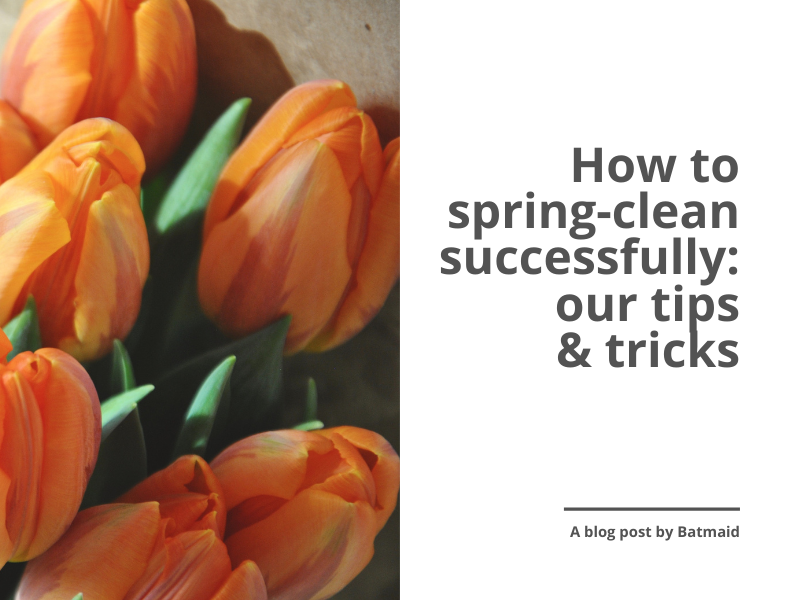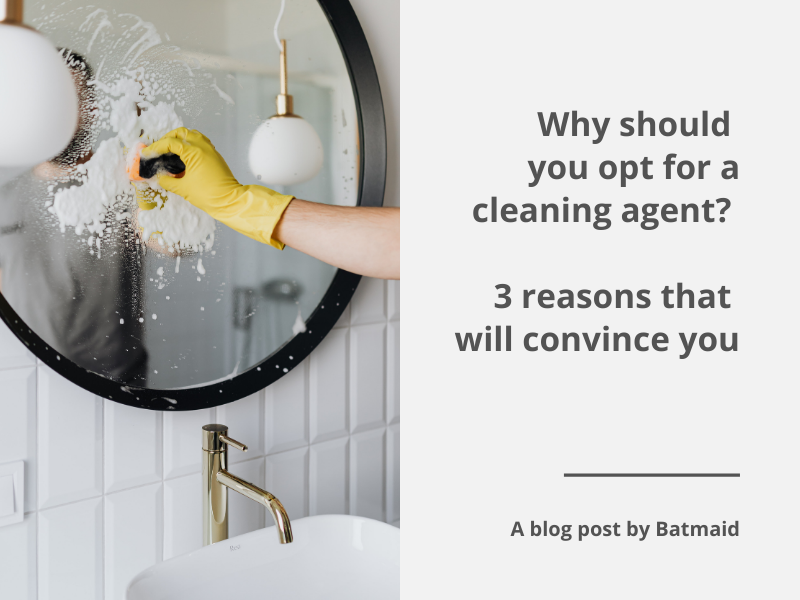7 things we forget to clean
August 29th at 4:16pm

There are certain objects in homes around the world that just seem to slip under the radar when it comes to cleaning. Even when you’ve booked an entire day to clean the whole house, they just slide on through unchecked in a lot of cases! Who knows, you might already have taken care of them all, but we urge you to read on and see if you might find something you missed!
1. Pillows
It would be fair to say that in most households, changing pillowcases is fairly common practice, but something people often forget is that the pillow within will eventually become dirty as well. The reason we change the cases is because of sweat buildup, and unfortunately even though they do a good job at protecting the pillow, some of this sweat will still break through. Pillows are often used for many years without being replaced. It’s therefore a good idea to change them out every so often not only for hygienic reasons but also for your neck!
Top tip: You can actually wash most down and microfiber pillows in your washing machine. Make sure to check the tags on yours to see if they are an exception to that rule before trying it out!

2. Loofah
Here we have one of the main offenders, the loofah. An inoffensive little element of our shower routines that could potentially be far dirtier than you could imagine! Much like sponges, which we talk more about in this article, they are an ideal breeding ground for bacteria. It is used in a wet environment, then hung up in said wet environment, and the process is repeated daily. The fact that it never gets a chance to dry out completely before being used again means that bacteria is constantly building up within. Slightly ironic when you think about it, the tool we use to wash ourselves is probably far more in need of a wash than we are!

So, what can we do about it? The best way to keep your loofah as hygienic as possible is to hang it somewhere it will be able to dry after each time you use it. We would also suggest that you wash it at least once a week in a solution of bleach diluted with water for 30 minutes, before taking it out and rinsing it thoroughly. The fact of the matter is, even if you are taking really good care of your Loofah and taking all the necessary precautions, you should be swapping it out with a new one at least once a month, to be safe.
3. Shower Curtains
When you think of cleaning your shower, what immediately jumps to mind is the shower body itself, the grout and the showerhead. Often the poor shower curtain is an afterthought or forgotten completely. Even if when it does come to mind in time for a clean, it’s a nightmare to scrub down; it’s double-sided, constantly moves around, has tough stains and even potentially even mould buildup.
If you happen to own a plastic shower curtain, you can save yourself time and a whole lot of energy next time you’re thinking of giving it a clean by getting your washing machine involved. Throw it in with a couple of old towels, pour a cup of vinegar in to your detergent tray and let it run on wash for 10 minutes. When the time is up, set it up somewhere to dry completely before putting it back on its rail in the bathroom! You will be surprised how well it works and it’s safe for your washing machine.
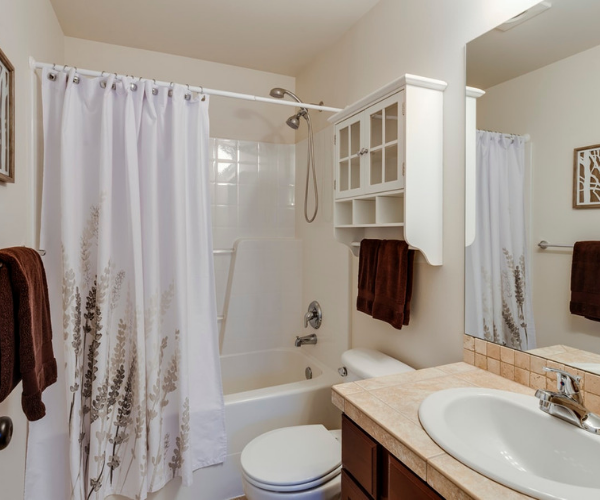
4. Toothbrushes
Here we see another one of our little helpers that we use as part of our daily self-care routine, but do we care enough for them? Toothbrushes see daily use and are constantly exposed to leftover food, bacteria and saliva. Let’s face it, if you got any of those on your clothes you would set them aside for a proper wash, but for your toothbrush it’s just a quick rinse before popping it down by the sink. The bacteria in the bristles aren’t going anywhere unless you make a conscious effort to wash them off!
Your dentist will undoubtedly have told you, but we’re here to remind you: Change your toothbrush at least once every 3 months. This is important to both get rid of any unwanted buildup of bacteria and to provide an effective clean upon use, unhindered by worn, ineffectual bristles. There are, however, things you can do in the meantime to breathe new life into your brush. Give the top half of your toothbrush a soak in white vinegar for 30 minutes at a time every so often, make sure to wash it out before use. If one of your brushes has run its course, keep it somewhere safe as it can prove itself useful for future cleanings.
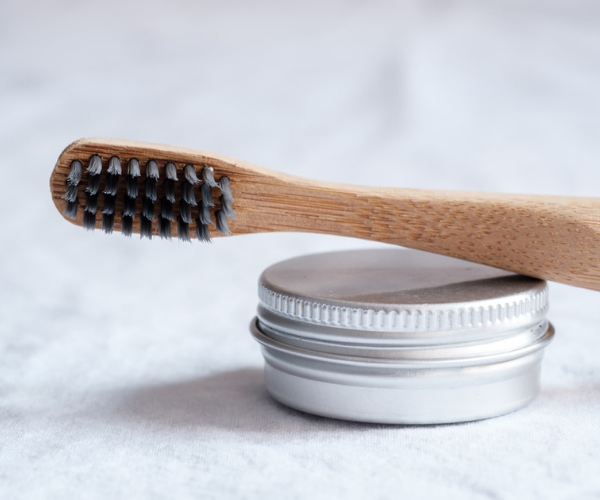
5. Door Handles
It makes perfect sense once you think about it. You’ve come home from work, off the train, in from the gym, and you want to get in and wash your hands. But… what stands between you and your sink? Your front door, the kitchen door perhaps? The contact point for all of these is the same, the door handle. Door handles see daily use from any number of people habitants and yet they rarely feature on our cleaning ‘to-do’ lists. They are of such low priority and yet can potentially be hosts to a whole range of bacteria.
For standard door handles we recommend using some warm water and a little dish soap to wash them, and if you wanted to take it one step further apply some hand sanitiser to them once you’re done. Don’t forget about arguably the most important door handle of all, the one on your fridge!
Careful: Before doing anything to your doorknobs make sure to check if they are made of solid brass or copper, as these two materials need their own special cleaning routines as to not damage them.
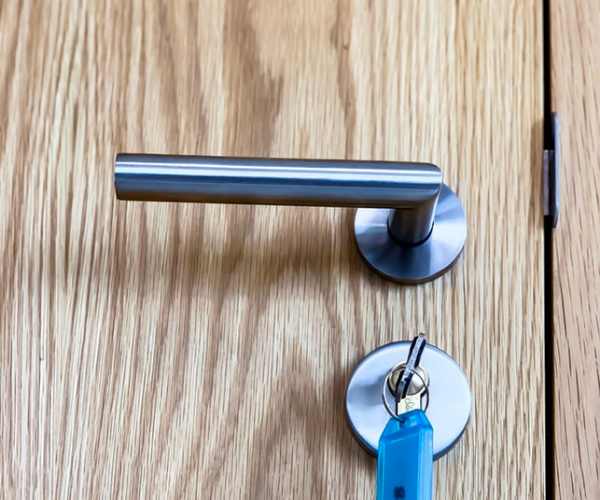
6. Light Switches
Similar to door handles, we touch them when we wake up, when we come back from work or even heading into the bathroom. They are rarely included as they are in a bit of a dead zone when it comes to cleaning, as people rarely find themselves washing down their walls. So, next time you’re cleaning, keep your light switches in mind!
Careful: When washing a light switch, we recommend using a very small amount of rubbing alcohol on a cloth, but make sure there is no excess moisture on it as this could run into the wall and cause electrical issues or worse.

7. Remote Controls
When was the last time you cleaned your remote control? And we aren’t talking about a quick pat on the back to knock a few crumbs out of it. The whole family has it in their hand at some point during the week. Friends that come over? Sure! What we forget is that there are loads of little nooks and crannies for bacteria to hide in, and there is plenty of supply.
When cleaning your remote, first things first: Take the back off and remove the batteries. From there we suggest taking a fresh cloth, dousing it with a little rubbing alcohol and making your way up the buttons methodically. If there are some particularly hard to reach sections swap out the cloth for some cotton wool buds (or a toothpick for any solid grime).
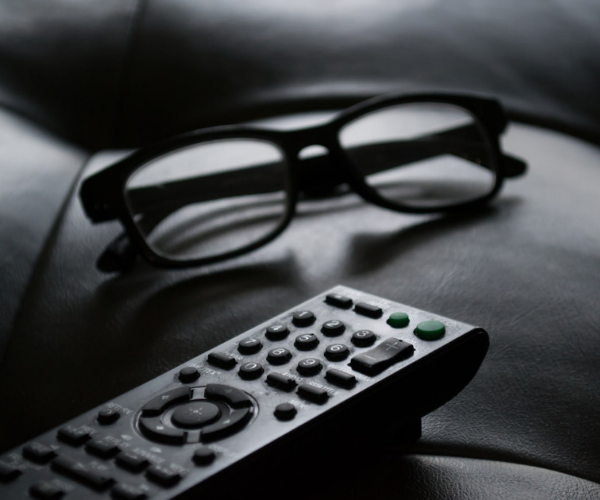
You’ve made it through our list! So, was there anything here that you had in fact forgotten about? We hope that this provides some food for thought next time you pencil in some cleaning!
